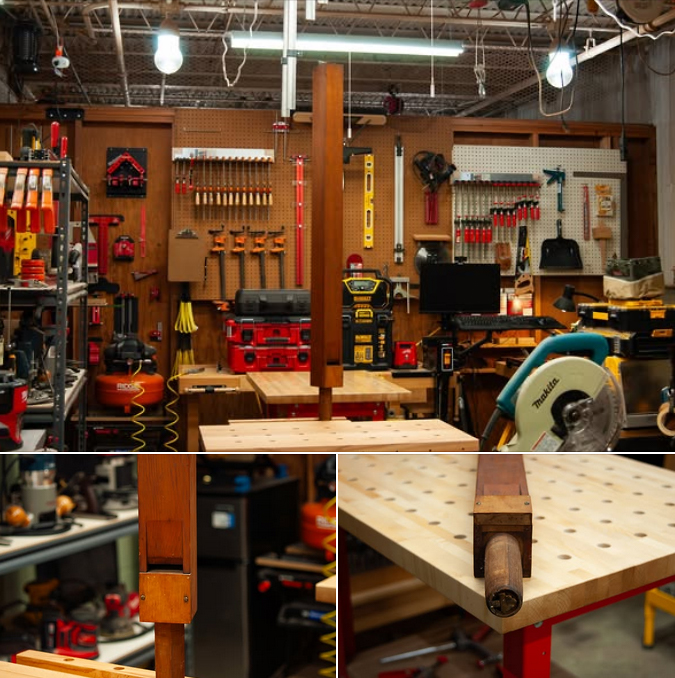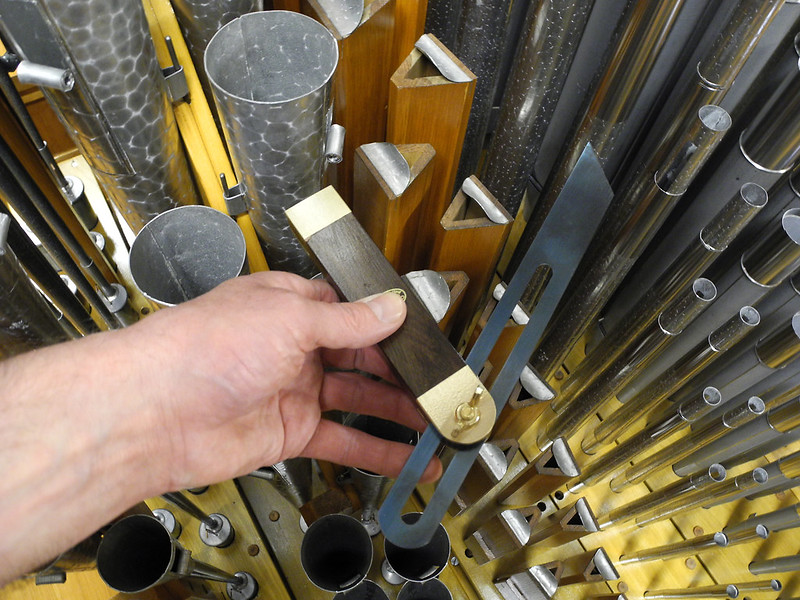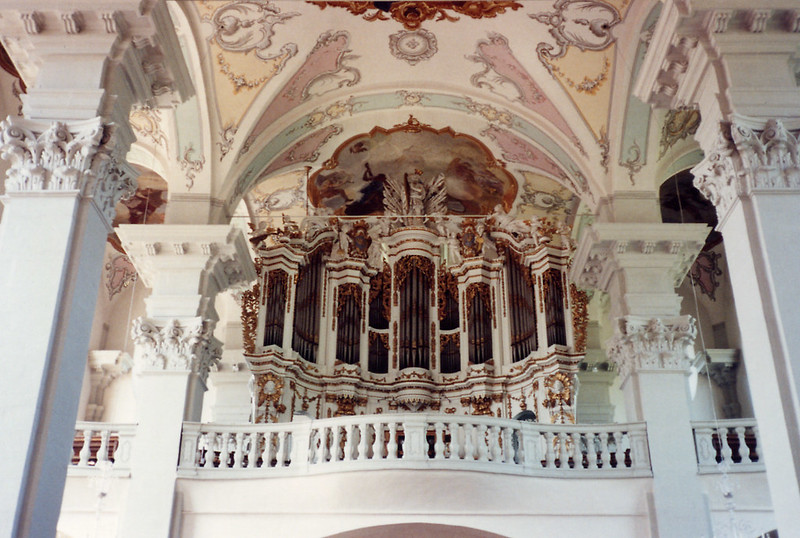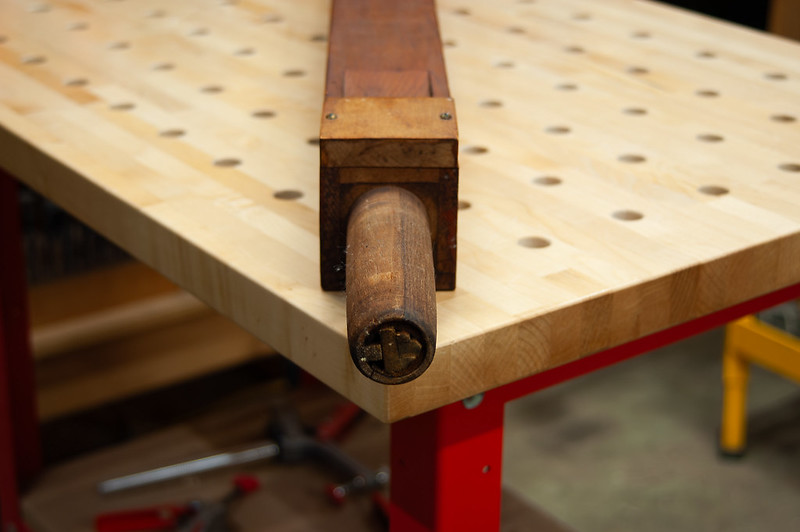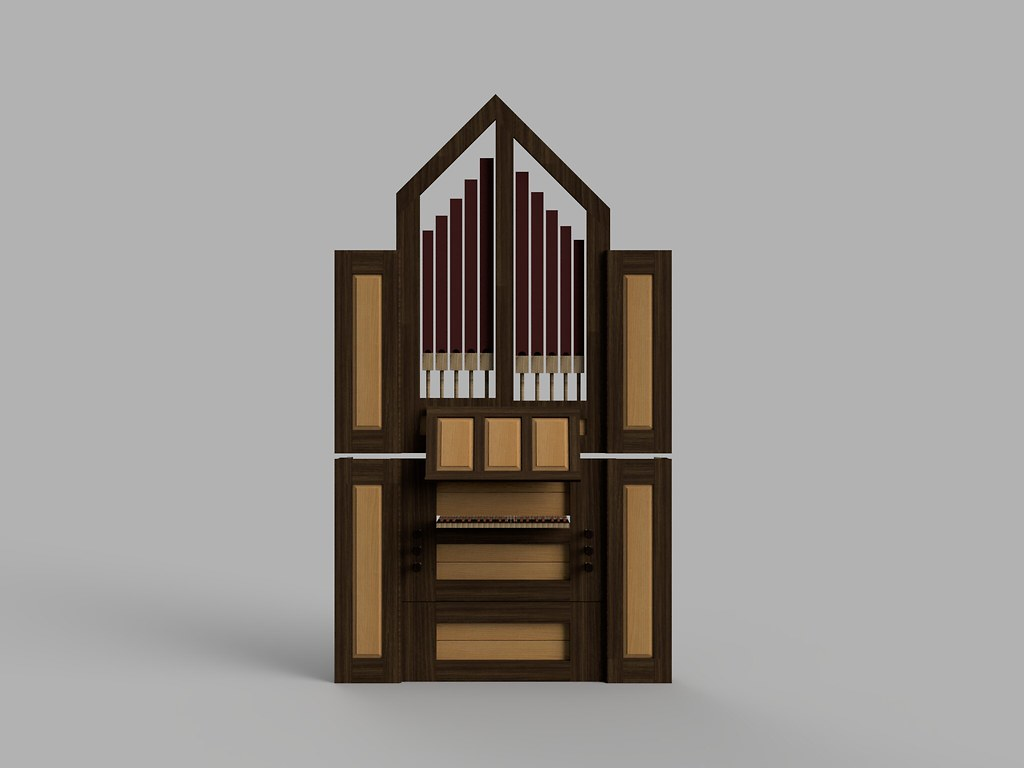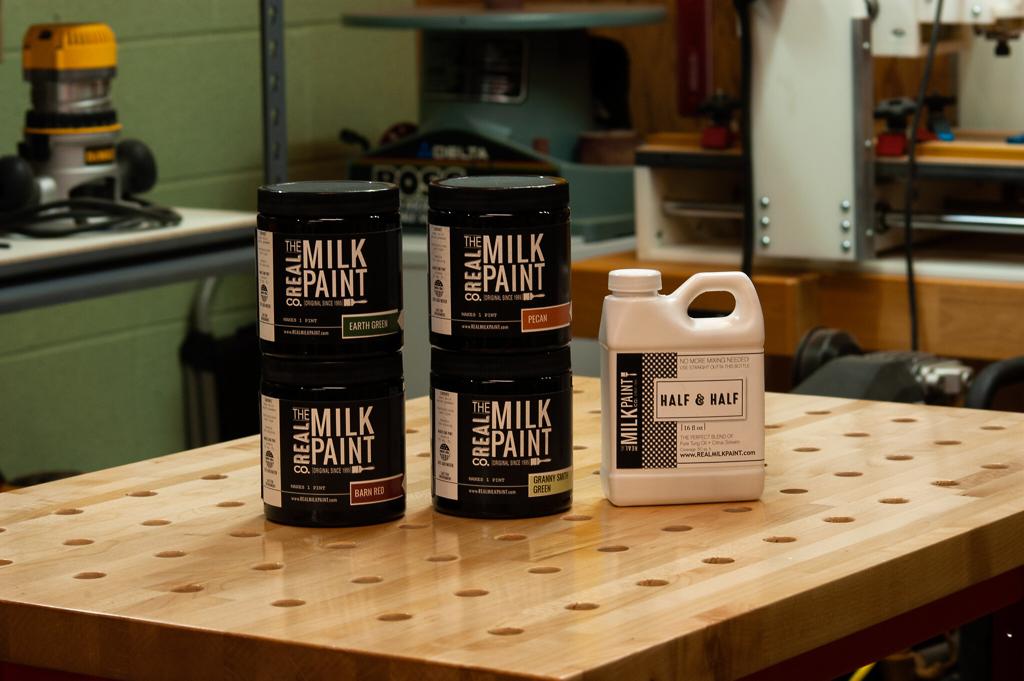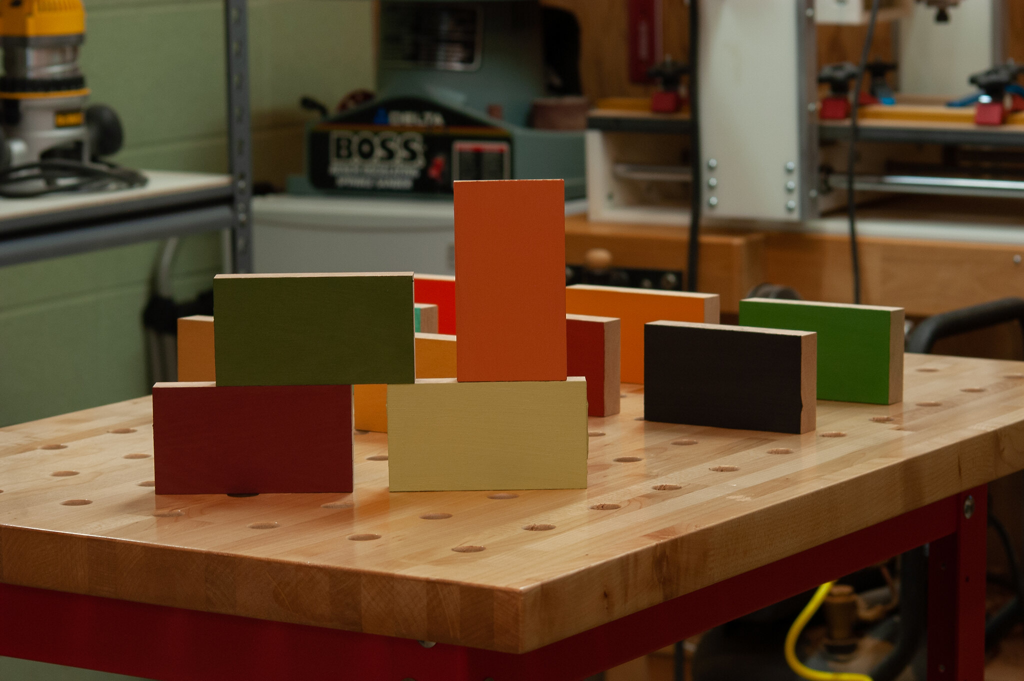Historically Informed
![]() September 20, 2025 17:35
September 20, 2025 17:35
This past summer, I decided to conduct a design study that conceptually builds a very real church, an organ they didn't ask for, using pipes taken from their existing mid-industrial era gallery organ. In doing so, I started something that lets me use my imagination and creativity to develop, if only on paper, an example of my 43-note continuo for a space I am familiar with, using material I am familiar with. I was an organist there for eight years.
If you are new to the project, start here and work your way up.
The previous post in this series introduced the alluring idea that the tonal design of a 43-note continuo instrument could follow the split-division concept used by many of the parlor pump organs produced during the last years of this country's Frontier period. Namely, the tonal makeup of the bass can be different than, yet complement that of the treble. I offered the following specification.
Stopped Diapason 8' Bass
Melodia 8' Discant
Flûte triangulaire 4' Bass
Prestant 4' Discant
Nasat 2 2/3'
Octav 2'
In the 4' bass register, I placed a triangular flute, where some of the lowest pipes might appear in the case front. I wanted to include a triangular wood stop in this organ. I taught myself to scale, build, and voice tri-pipes after seeing a set in the Northrop Aeolian-Skinner. And since the presumptive client commissioning this organ is in proximity to the University of Minnesota, it would be a fantastic nod to my time with the Northrop organ. But after some thought, I found something more appropriate.
My small yet eclectic collection of vintage pipework had me asking questions and furnishing answers. A late nineteenth-century pipe, made of pine and marked "Cello D" in penciled script, provided the correct answer. As he was cleaning out his barn one day, Carthage College organ professor Bill Roth gave me this pipe a long time ago from his collection. A perfect companion to complement the Prestant 4' Discant, a set of bass pipes patterned on this pipe and intended to produce sounds informed by a historical period of American organ building, is easy to make if no original set is available. As an aside, I took this photo of Bill Roth with a camera I purchased to take to Europe just before my trip there, where I got to play and experience firsthand amazing instruments, some courtesy of Professor Roth and his many connections.
So, let me recast my proposed specification as follows.
Stopped Diapason 8' Bass
Melodia 8' Discant
Violoncello 4' Bass
Prestant 4' Discant
Nasat 2 2/3'
Octav 2'
The wooden Violoncello 4' Bass is an appropriate companion to the Prestant 4' Discant. It can work well, too, if some pipes are placed in the front. By introducing the Violoncello into the design of my 43-note offering, I further build on tradition, but on traditions that must evolve to remain relevant.
Posted September 20, 2025 17:35
Add Your Comment
Reuse and Recycle: The Story of a 43-Note Build
by Steve Panizza
Recent Blog Entries
Archive
